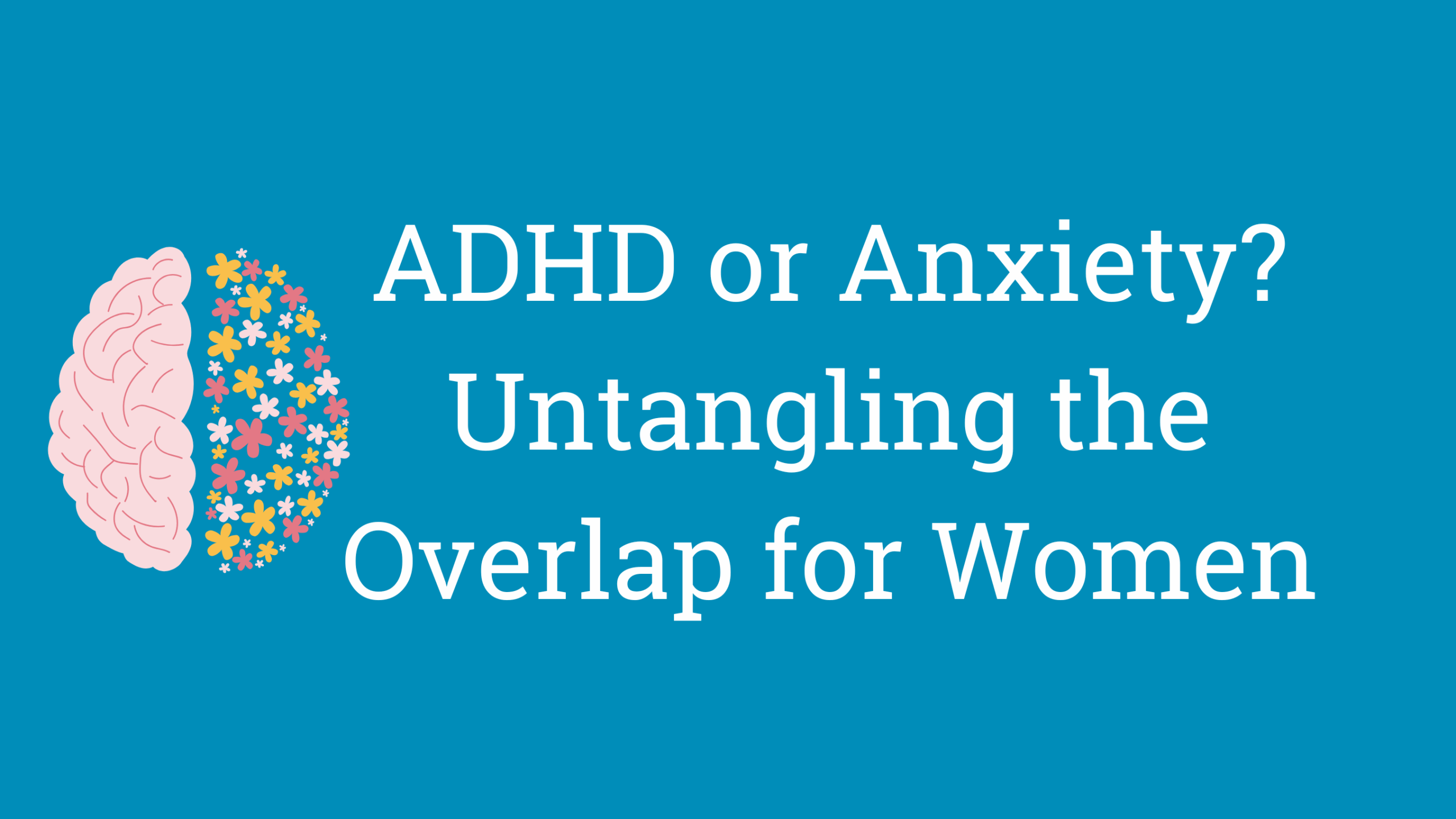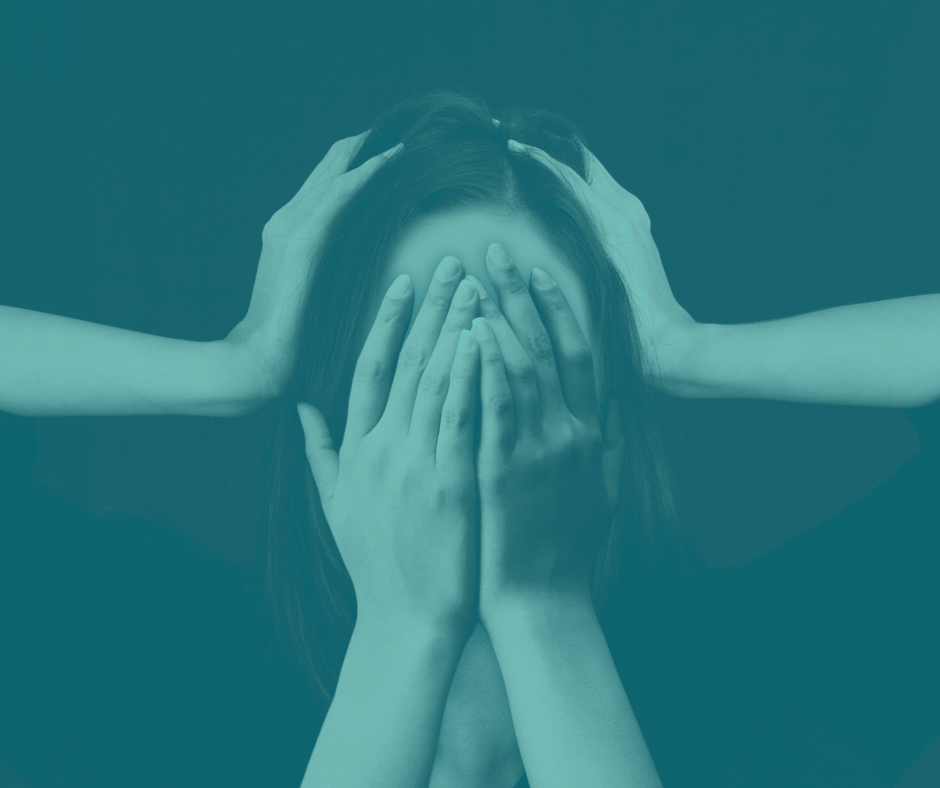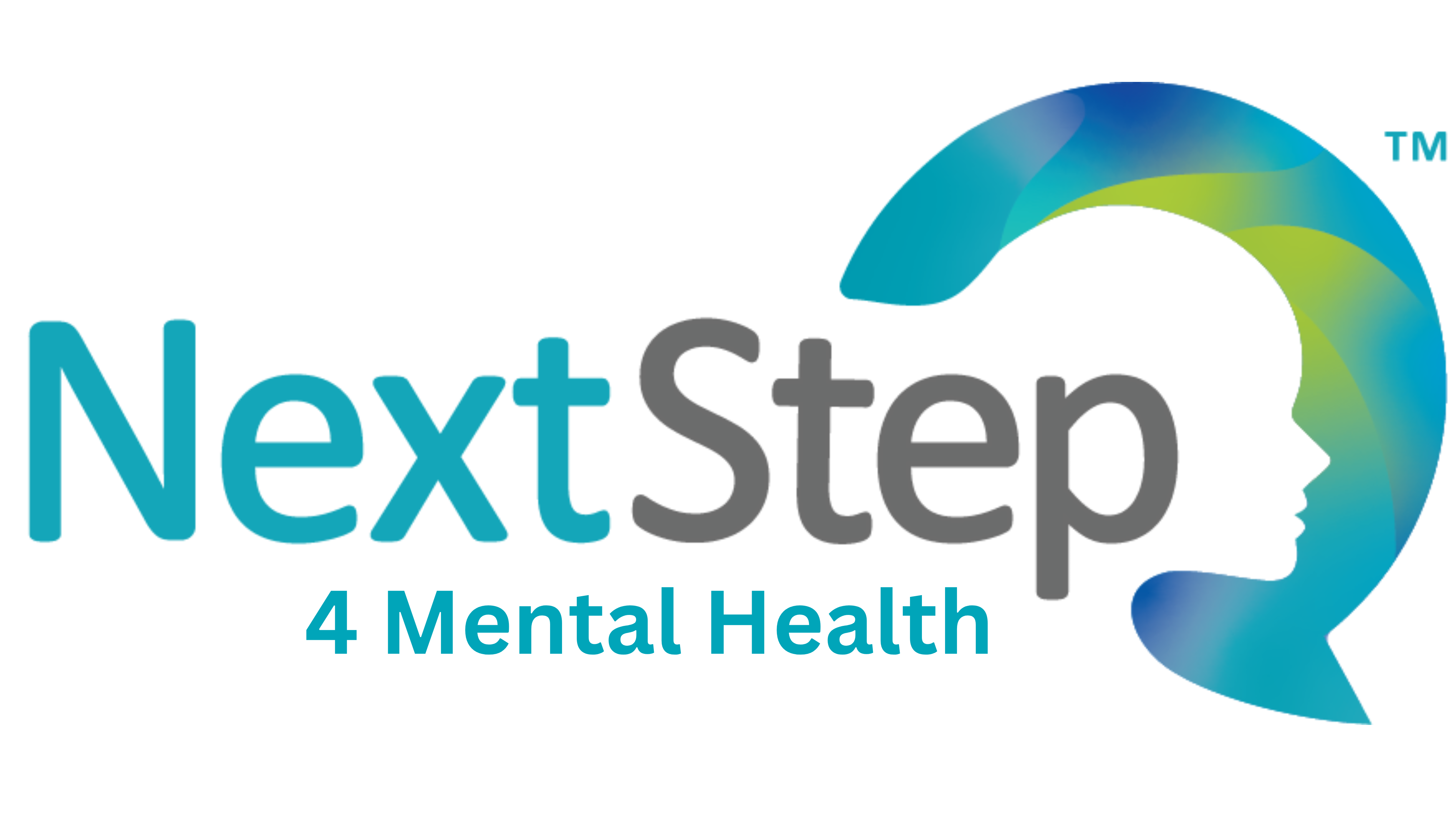
ADHD or Anxiety? Untangling the Overlap for Women
Can’t remember why you walked into the room—again? Feel like your mind’s always in overdrive, yet somehow never quite lands on what it’s supposed to? If you’re a woman juggling work, family, and expectations, you may have started to wonder: Is this anxiety? ADHD? Both? And why does it feel like nobody else is struggling quite this much?
You’re not imagining things—and you’re not alone. Many women, especially in mid-life, begin to notice difficulties with focus, forgetfulness, restlessness, or an undercurrent of worry that just won’t quit. Often, these symptoms overlap between ADHD and anxiety, and it’s easy to feel unsure of what’s really going on.
In this article, we’ll explore how these two conditions can mimic, mask, or intensify each other—especially in women. More importantly, we’ll talk about how to find clarity, and why there’s every reason to be hopeful.
Why It’s So Hard to Tell the Difference
ADHD and anxiety are distinct, but they share a lot of surface symptoms: distractibility, racing thoughts, trouble finishing tasks, irritability, sleep issues. It’s not uncommon for someone to walk into a mental health evaluation, certain they have one, only to find they actually have both—or that their struggles were misattributed all along.
One key difference lies in what’s driving the distraction. Anxiety tends to fill your mind with worry: “What if I said the wrong thing? Did I forget to follow up? What if I fail?” With ADHD, your mind may drift because it’s simply hard to stay engaged or organized—even if nothing is stressing you out in the moment.
Both can be frustrating, exhausting, and isolating. And unfortunately, women are more likely to be misdiagnosed or overlooked altogether, especially if their symptoms don’t fit the “typical” (often male) presentation of ADHD.
What ADHD Often Looks Like in Women
Women with ADHD often fly under the radar. Instead of hyperactivity, they might experience:
- Mental clutter: A brain that never seems to slow down, bouncing from one thought to the next.
- Forgetfulness: Missed appointments, lost items, conversations that drift before they’re done.
- Time blindness: Struggling to estimate how long things will take—or remember how long you’ve already been doing something.
- Emotional intensity: Feeling things deeply, and sometimes reacting quickly, even when you wish you wouldn’t.
- Chronic self-doubt: The sense that you’re always a step behind, no matter how hard you try.
Many women with ADHD become experts at compensating. They build elaborate systems, checklists, or routines to hold it all together. From the outside, it might look like they have it all under control. On the inside, it feels like they’re barely holding on.
How Anxiety Shows Up Differently in Women
While anxiety is more widely recognized, it’s not always understood well—especially when it shows up in high-achieving women who appear “fine.” Anxiety might include:
- Constant worry and second-guessing.
- Tension and restlessness that you carry in your body, even when nothing seems “wrong.”
- Perfectionism that isn’t about excellence—it’s about trying to prevent anything bad from happening.
- Irritability, exhaustion, or guilt—often from juggling too many roles or trying to meet impossible expectations.
In many women, anxiety becomes a quiet, internal pressure—rarely visible to others, but always humming in the background.
When You Have Both
ADHD and anxiety often travel together. Sometimes, anxiety develops as a response to undiagnosed ADHD. For example, if you’ve spent years missing deadlines, forgetting things, or feeling scattered, it makes sense that you’d start to worry constantly. You may have learned to expect negative feedback or disappointment—and now live in fear of the next mistake.
On the other hand, chronic anxiety can make it hard to concentrate, leading to ADHD-like symptoms. You might re-read the same email several times because your mind keeps jumping to something else. Over time, it becomes hard to tell what’s driving what.
Understanding that these conditions can co-exist—and influence each other—is a crucial part of building a treatment plan that works.
How to Move Toward Clarity
Sorting this out isn’t something you need to do on your own. A thoughtful, comprehensive evaluation with a qualified mental health professional can help you understand what’s underneath the symptoms you’re experiencing. This isn’t about putting you in a box or assigning a label—it’s about gaining insight into the patterns that have shaped your day-to-day life, so that you can make decisions with more clarity and compassion.
A good evaluation includes more than just a questionnaire. It should consider your life story, your strengths, your challenges, and how your symptoms have changed over time. It’s a conversation—not a checklist—and one that can open the door to real relief.
Treatment Can Be Life-Changing
Whether you’re dealing with ADHD, anxiety, or both, treatment can make a meaningful difference. That might include:
- Therapy, which can help you learn skills to manage thoughts, reduce overwhelm, and respond differently to stress.
- Lifestyle changes like improving sleep, building structured routines, and using technology to stay organized.
- Medication in some cases, if appropriate, to support focus or reduce chronic anxiety.
- Education and support, so you can better understand how your brain works—and stop blaming yourself.
Treament isn’t about “fixing” you. It’s about giving you tools to work with your brain instead of fighting it. Many women report a profound sense of relief when they realize they’re not lazy, flaky, or “too sensitive”—they just have a brain that’s wired differently.
You’re Not Broken—and You’re Not Alone
If you’ve spent years trying to figure out why everything feels harder than it should, wondering why you can’t just “get it together” like everyone else seems to—please know this: it’s not a character flaw. And you’re not the only one.
There are real explanations. And more importantly, there is real help.
The path forward starts with understanding. From there, you can build a plan that supports you—your brain, your life, and your goals. Whether that means learning new skills, setting better boundaries, or simply being kinder to yourself on tough days, the result is the same: more calm, more clarity, more hope.
Whatever it is you’re facing, you don’t have to figure it all out on your own. There are people who understand—and there are steps you can take today.
We’re here when you need us. For questions, click here to get started.
Learn More
3 Empathetic Ways to Support a New Mom with Postpartum Depression
Welcoming a new baby into the world is often depicted as a time of joy and celebration. However, for many new mothers, the reality can be quite different. Postpartum depression (PPD) — also known as perinatal depression — affects approximately 1 in 7 women after giving birth, and its symptoms can range from mild to severe.
As friends, family members, or loved ones, it’s crucial to provide support and understanding to those experiencing PPD.
Here are three empathetic ways to support a new mom struggling with postpartum depression:
1. Listen Without Judgment
One of the most powerful forms of support you can offer to a new mom with PPD is simply to listen. Create a safe space for her to express her feelings, fears, and struggles without fear of judgment or criticism. Often, women with PPD may feel guilty or ashamed of their emotions, so it’s essential to reassure her that her feelings are valid and that she is not alone in her experience.
Avoid offering unsolicited advice or trying to minimize her emotions; instead, practice active listening and validate her feelings with empathy and understanding.
2. Offer Practical Help
Managing the responsibilities of caring for a newborn can be overwhelming for any new parent, but it can be especially challenging for those experiencing PPD. Offering practical assistance can make a significant difference in helping alleviate some of the burdens she may be facing.
This could include tasks such as preparing meals, running errands, or providing childcare to give her some much-needed time for self-care.
By offering tangible support, you’re not only helping to lighten her load but also showing her that you’re there for her during this difficult time.
3. Encourage Professional Support
While your support as a friend or family member is invaluable, it’s essential to recognize that postpartum depression is a serious mental health condition that often requires professional intervention. If you spot the warning signs, speak up.
Know the signs of postpartum depression. You can identify them here: 8 Early Warning Signs of Postpartum Depression.
Encourage the new mom to seek help from a qualified healthcare provider, such as a therapist or psychiatrist, who can offer specialized treatment and support. This might include therapy, medication, or a combination of both, tailored to her individual needs. Assure her that seeking help is a sign of strength, not weakness, and offer to accompany her to appointments or help research treatment options if needed.
In conclusion, supporting a new mom with postpartum depression requires empathy, understanding, and patience. By listening without judgment, offering practical help, and encouraging professional support, you can play a vital role in helping her navigate through this challenging time.
Remember to prioritize her well-being and let her know that she is not alone in her journey towards healing and recovery.
How the NextStep Team Can Help
Our multidisciplinary team can help you navigate postpartum depression as well as postpartum anxiety. To make an appointment in our Louisville, Kentucky, office, click here to get started.
Together, we can create a supportive environment where new moms feel empowered to seek the help and support they need to overcome postpartum depression.

8 Early Warning Signs of Postpartum Depression
Just like there are many different types of anxiety, there are also different types of depression. Postpartum depression is a type of depression that affects new mothers, and it can start anywhere from a few days to a year after the birth of a baby.
May 2 – 8 is Maternal Mental Health Awareness Week, so now is the perfect time to raise awareness of postpartum depression.
What Is Postpartum Depression?
Due to the immense shift in hormones (and the dramatic change in sleep schedules), baby blues are common for most new mothers. Approximately 80% of new moms have baby blues. Baby blues are characterized by crying, feelings of overwhelm, and sadness. However, baby blues typically dissipate a few days (or up to two weeks) after childbirth.
Postpartum depression is more severe than baby blues and doesn’t ease up as time progresses.
Watch the video below to learn more about the differences between baby blues and postpartum depression.
8 Signs of Postpartum Depression
Other signs of postpartum depression include:
- Your baby blues aren’t going away
- Feeling disconnected from your baby (or partner)
- Intrusive thoughts, such as checking repeatedly on your baby
- Intense crying
- Overwhelming feelings of anxiety
- Sadness
- Changes in eating or sleeping habits
- Thoughts of self-harm
If you notice any of these symptoms, don’t hesitate to reach out for help. Asking for help doesn’t mean that you’re not a good mother. Asking for help is one of the best things you can do for yourself and for your baby. Postpartum depression, and other maternal health disorders, aren’t a reflection of your mothering abilities.
Getting Help with Baby Blues and Postpartum Depression

Taking care of yourself is essential when you’ve just had a baby. Your body needs rest, hydration, and good nutrition. Although the first few weeks can be an adjustment, you can find help in many ways including asking a partner to watch the baby while you practice self-care, shower, eat, and rest. You can consider hiring a cleaning service for a few weeks to assist with household chores while you recover.
That being said, friends and family can help mitigate some of the feelings of overwhelm if you have baby blues, but if you have postpartum depression, you may also benefit from therapy and/or antidepressants. Here at NextStep2MentalHealth, our team is experienced at treating co-occurring disorders, and if you’re also struggling with postpartum anxiety, we can help.
Additional resources:
- BLOG: Overcoming the Negative Self-Talk Cycles of Depression
- BLOG: 11 Ways to Help a Loved One with Depression
- BLOG: 32 Ways to Help a Loved One with Depression (When They Don’t Want to Talk about It)
- Maternal Mental Health Leadership Alliance
- Postpartum Support International
National Suicide Prevention Hotline at 1-800-273-TALK (8255).
If you are looking for a trusted and experienced mental health doctor or therapist, contact us today to get started exploring your multidisciplinary postpartum depression and postpartum anxiety treatment options.
Learn More
3 Ways to Cope with Extreme Emotions
How to Cope with Extreme Emotions
As humans, we are emotional beings. We all experience different emotions in our day to day lives. Happiness, anger, joy, jealousy, and guilt follow naturally when certain events occur in our lives.
Many of us, however, are quick to feel emotions more intensely than others. Emotions seem to hit hard and occur more frequently adding more stress to any given circumstance. Coping well with our emotions is a skill that we are not taught in school, but if not learned to manage effectively can affect us and those around us in toxic ways. Our lives begin to feel even more unmanageable and relationships begin to disappear or suffer tremendously.
Marsha M. Linehan, Ph.D., ABPP, the founder of Dialectical Behavior Therapy (DBT) developed skills for effectively managing extreme emotions. These skills change your body chemistry quickly in order for you to be able to make the next best decision. TIP is an acronym that stands for Temperature of the body, Intense exercise, and Phasing your Breath paired with muscle relaxation. Before engaging in any of these activities, it is advisable to consult with your healthcare provider so as to make sure that you are physically cleared and able to engage in them. These activities are further explained below:
1. Temperature of the Body
You can calm down really quickly by changing the temperature of your body by using ice cold water. This can be easily done by filling a bowl up with cold water and possibly even adding some ice, holding your breath and immersing your face in the bowl of water. Another way to engage in the cold water exercise is to hold either a cold pack or ziplock bag full of cold water or a bag full of ice, for about 30 seconds. When doing this, one should remember to keep it at a temperature above 50 degrees to avoid sensitivity to your skin.
2. Intense Exercise
In a bid to calm your body down when it’s all revved up by extreme emotions, you can do any kind of intense exercise for a very short period of time. This can include but is not limited to, running in place, walking really fast, jumping up and down, playing basketball and lifting weights. Basically, these exercises should expense your body’s stored up physical energy. Doing such exercises over short periods of time reduces the intense emotions that you’re feeling by burning off that energy.
3. Phasing Your Breath
This involves slowing down your breathing by taking “belly breaths.” Breathe in deeply into your belly and slow down your phase of inhaling and exhaling to an average of 5 to 6 breaths a minute. It also involves breathing out more slowly than you’re breathing in. For example, breathing into the count of 5 and breathing out to the count of 7. This breathing exercise is coupled with muscle relaxation.
While you’re doing the deep belly breaths, tense your body muscles as tightly as you can. Be careful however not to tense them so much as to cause muscle cramps but just enough to notice the tension in your whole body. While breathing out say the word “relax” to yourself and then let go of all the tension. This creates a significant difference in your body. You can do this with the whole body or with large muscles. For example, you can tense the muscles in your legs and then release them to relax. This can also be done to your arms and the facial muscles. Each time you breathe out as you relax your muscles, you can say the word “relax”.
The above summarizes how TIP works and how one can effectively deal with extreme emotions in the shortest time possible. It is an effective skill that can be tried out by individuals in different situations who experience extreme emotions.
Ready to Learn More?
To learn more about the best coping strategies when experiencing emotional distress, please get in touch with us.
Call us at 502-339-2442 to book an appointment or email us at consult@nextstep.doctor. You can also request a telehealth appointment here.
Learn MoreAn Introduction to Mindfulness
Research shows mindfulness can actually change the brain’s grey matter and reactivate how we respond to emotions. It promotes greater consciousness
Learn More